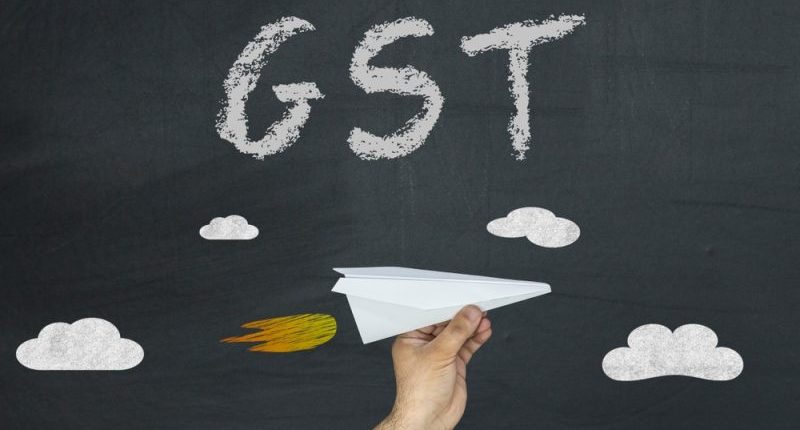At the pre-introductory times of Goods and Services Tax (GST), the Centre has guaranteed the states that there will be 14% annual growth in GST revenue over the base year of 2015-16. The Centre levies compensation cess of 28% on selected commodities to compensate for any shortfall from 14% growth in revenues.
The COVID-19 pandemic has hit the revenue receipts of both the Central government (Centre) and state governments (states) in the worst manner. The average total GST revenue collection in April and May 2020 is only Rs 94,323 crore, i.e. just 46% of the previous year average bimonthly revenue receipts.
The fund’s availability is deficient in the compensation cess fund as the GST revenues have been far from estimates. The increase in revenue in 2019-20 was 3.8% compared to the previous year.
Even after paying Rs 1.2 lakh crore as compensation during the FY 2019-20, the payments for three months are in arrears at the end of the financial year. Now in this pandemic situation, the necessity for compensation fund has dramatically increased.
Also Read: New GST Registrations Get Delayed Due to Lockdown
The collection of compensation cess in the months of April-May is only Rs 7,332 crore. The total balance is just Rs 8,013 crore. This situation raises a fundamental question: How the gap between fund availability and fund requirement can be filled?
Now, the centre is left with three options regarding GST compensation cess to states:
- Revise the compensation cess formula
- Increase the cess rate or bring more commodities under cess
- Borrow funds from the market and compensate the states
In this current scenario, the states are not in a position to accept the first two options. The 14% growth rate was guaranteed to states after rigorous deliberation. Previously, the council has already refused the proposal of 15th Finance Commission, and it was unanimous in rejecting it. Hence, the states will not be in favour to revise the compensation cess formula even now.
Coming to the second option, the council has not even considered the proposal for an increase in the tax rate to resolve the inverted duty structure of cloth, fertiliser, and footwear sectors. Hence, it is plausible that the states are not going to accept the increase of cess rate.
Hence, the Centre is left with the third and last option of borrowing funds from the market to compensate the states. The period for compensation cess can be extended for a year or so for the repayment of the funds borrowed. The benefit of this option is that it would not affect the Centre’s finances. The borrowed funds would be settled from the collection of the cess during the extended period.
For any clarifications/feedback on the topic, please contact the writer at dvsr.anjaneyulu@cleartax.in.
DVSR Anjaneyulu known as AJ, is a Chartered Accountant by profession. Loves to listening to music & spending time with family and friends.





